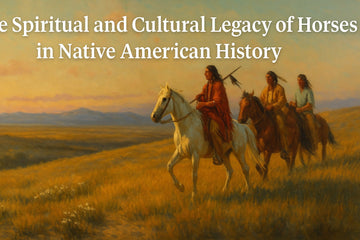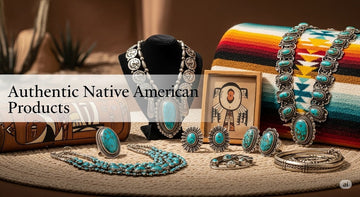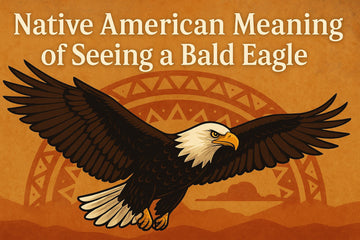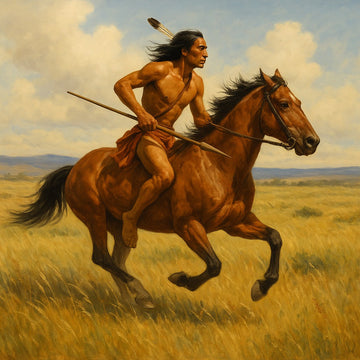Horses in Native American Heritage
For centuries, horses have been more than just animals to Native American communities—they are sacred companions, symbols of freedom, and carriers of tradition. Within Indigenous culture, the horse embodies strength, healing, and a spiritual bond that bridges the human and natural worlds. These majestic creatures transformed the way tribes traveled, hunted, traded, and celebrated their heritage.
The Return of Horses to North America
Although the horse’s ancestors originated in North America, they disappeared thousands of years ago. Their reintroduction began in the early 1500s, when Spanish explorers brought horses to the Americas. These animals quickly spread among Indigenous nations, reshaping daily life long before many European records acknowledged their presence.
Recent archaeological discoveries reveal that Native peoples integrated horses into their societies by the early 1600s—decades earlier than previously believed. This shift allowed Plains tribes, such as the Lakota, Cheyenne, and Comanche, to become expert riders and horse breeders, expanding their territories and cultural influence.
Horses as Symbols of Power and Spirit
In Native American traditions, the horse is more than a tool for mobility—it is a spiritual relative. The Lakota call horses Sun’ka Wakan (“Sacred Dog”), honoring them as divine helpers.
Horses symbolized:
-
Wealth & Status – The size of a herd reflected a family’s prosperity.
-
Freedom & Mobility – They enabled swift travel across vast landscapes.
-
Healing & Emotional Strength – Horses were seen as emotional companions, capable of sensing and responding to human feelings.
Today, equine therapy in Indigenous communities continues this healing tradition, helping individuals overcome trauma and reconnect with cultural identity.
Art, Craft, and Cultural Expression
The deep respect for horses is evident in Native American art and craftsmanship. Saddles, blankets, and horse masks were adorned with beadwork, quillwork, and symbolic patterns unique to each tribe.
-
Saddle Blankets – Traditionally made from bison or deer hides, later from cloth or canvas, often decorated with intricate bead designs.
-
Ceremonial Horse Masks – Embellished with symbols of strength and protection, worn in spiritual gatherings and celebrations.
-
Custom Saddles – Built for different purposes—women’s saddles for carrying supplies, men’s saddles for hunting or combat.
These traditions not only celebrated the bond between rider and horse but also preserved tribal identity and heritage.
Native American Horse Breeds
Tribes developed close relationships with certain breeds:
-
Appaloosa – Bred by the Nez Perce for endurance and agility.
-
American Quarter Horse – Emerged from a blend of Indigenous and European breeds, valued for speed and strength.
-
Spanish Mustang – Descendants of the original Spanish horses, prized for resilience.
Each breed carries a legacy of resilience, survival, and cultural pride.
Indian Relay Racing – Tradition in Motion
One of the most thrilling cultural events celebrating horses today is Indian Relay Racing. Originating from historical riding competitions, this high-speed sport involves teams racing bareback and switching horses mid-race.
It is not just a test of skill but also of trust—between rider, horse, and the team. These races remain a highlight at Native cultural festivals, keeping the heritage alive for younger generations.
The Lasting Legacy
Horses remain an inseparable part of Native American identity. They are protectors, teachers, and spiritual guides. From their role in ancient traditions to modern-day sports and therapy programs, horses continue to inspire respect, unity, and cultural pride.
Supporting Indigenous horse traditions means supporting a living heritage—one that reminds us of the deep connection between people, animals, and the land.
1. Horse nations: Animal began transforming Native American life startlingly early | Science | AAAS, accessed August 8, 2025, https://www.science.org/content/article/horse-nations-animal-began-transforming-native-american-life-startlingly-early.
2. Native Hope, “Native American Animals: Horse (Sun’ka Wakan) Is a Relative to the People,” Native Hope Blog, November 16, 2022, https://blog.nativehope.org/native-american-relative-horse.
3. Horse | Caballo, The Value of the Horse in Native Cultures, National Museum of the American Indian, Smithsonian Institution, 2013, https://americanindian.si.edu/nk360/resources/Horse.
4. Sarah Joseph, The People of the Horse, National Geographic, 2014, https://www.youtube.com/watch?v=VKi-8K_7xwo.
5. “Native American Horse Breeds: A Song for the Horse Nation – October 29, 2011 through January 7, 2013,” National Museum of the American Indian, Smithsonian Institution, accessed August 8, 2025, https://americanindian.si.edu/exhibitions/horsenation/breeds.html.
6. et al., “Far from the Finish Line: Indian Relay Horse Racing Perseveres through Generations, despite Its Risks,” NMAI Magazine, Summer 2024, Vol. 25 No. 2, accessed August 8, 2025, https://www.americanindianmagazine.org/story/indian-relay-horse-racing.







